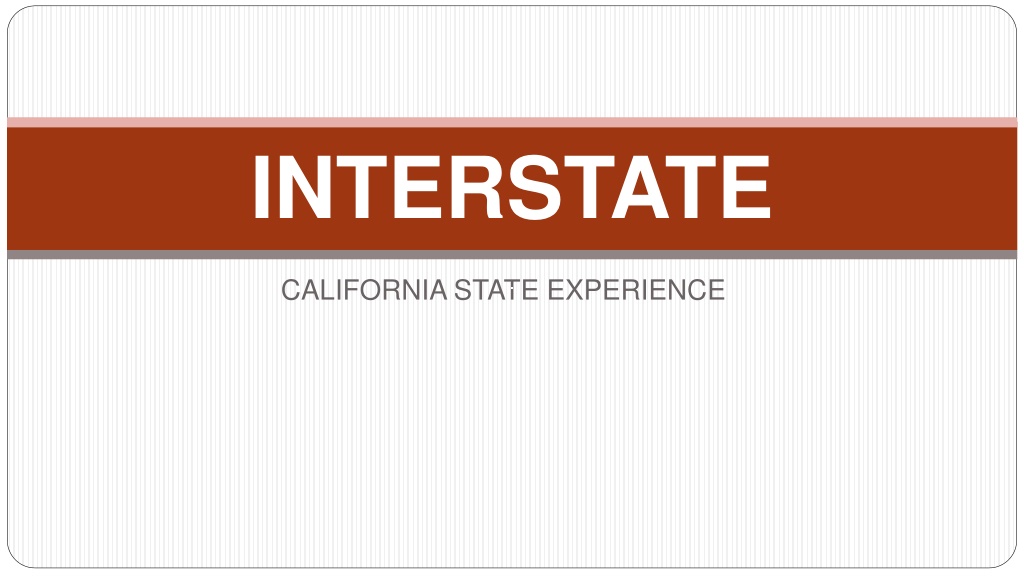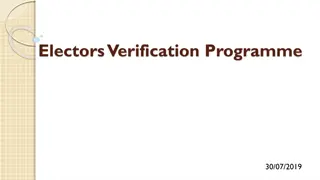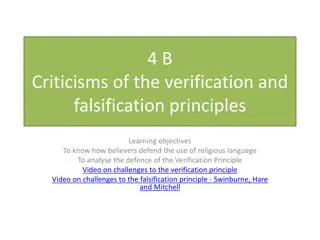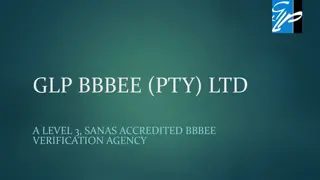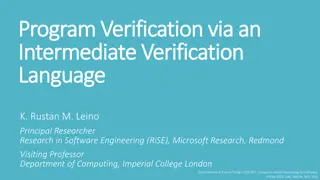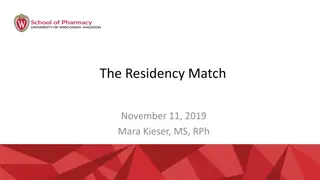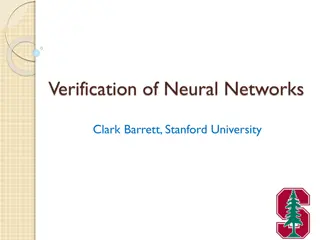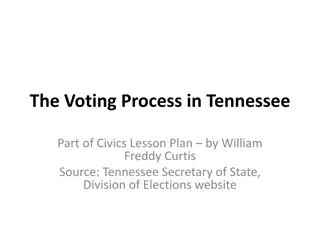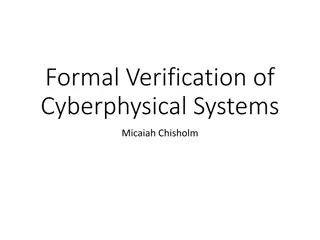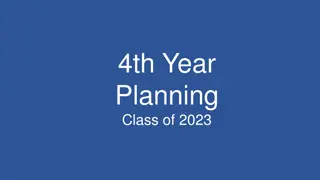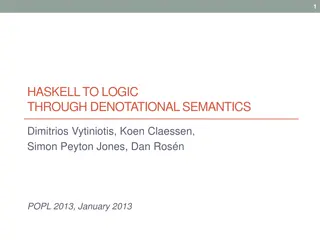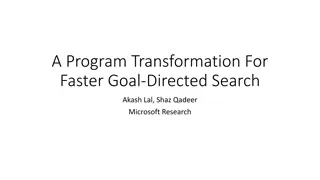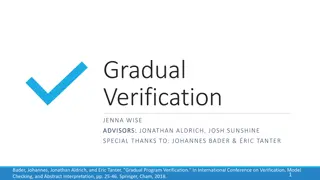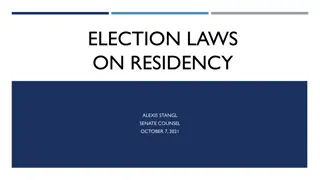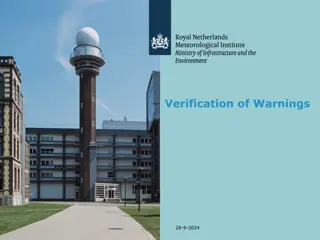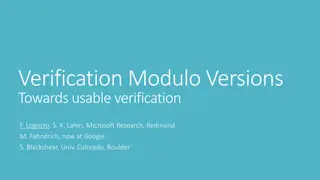Efficient Residency Verification Program Implementation in California
California's residency verification program entails information exchange among states to prevent duplicate public assistance, benefiting from shared data outside of PARIS. Details include selecting input records, sending files, receiving output files, and working on match results, with a focus on California's high-volume program and processing accuracy.
Download Presentation

Please find below an Image/Link to download the presentation.
The content on the website is provided AS IS for your information and personal use only. It may not be sold, licensed, or shared on other websites without obtaining consent from the author. Download presentation by click this link. If you encounter any issues during the download, it is possible that the publisher has removed the file from their server.
E N D
Presentation Transcript
INTERSTATE CALIFORNIA STATE EXPERIENCE
OVERALL MATCH CONCEPT The overall concept is that states are sharing information with each other to help verify the residency of public assistance recipients. Some states have shared with each other before PARIS and share outside of PARIS. Prevents duplicate assistance, triple dippers and above.
SELECTING INPUT RECORDS INPUT FILE DATA ELEMENT LAYOUT MARKING THE RIGHT BOXES START/END DATES VOLUME CONSIDERATIONS SNAP/TANF RECORDS
SENDING YOUR FILES TO THE FACILITATOR The PARIS Input file is sent to the Defense Manpower Data Center via the FLINT server Transmission methods (Connect Direct, SFTP, etc) Send confirmation e-mail when file is submitted
RECEIVING THE OUTPUT FILE QUARTERLY MATCH DATES OUTPUT FILE FORMAT IMPORTING TO LOCAL SYSTEM FILTERING YOUR MATCH RESULTS DISTRIBUTION OF RECORDS
WORKING THE MATCH RESULTS Residency Verification Activities Inbound/Outbound Case Definition Contact other state to verify open benefits
CALIFORNIA SUMMARY California has a large volume residency verification program. This influences our processing approach Please send in accurate information
